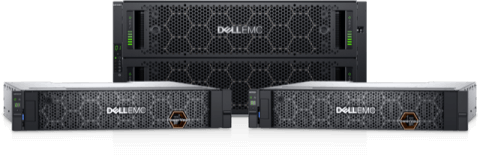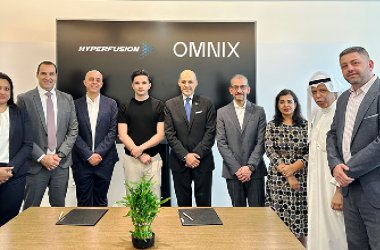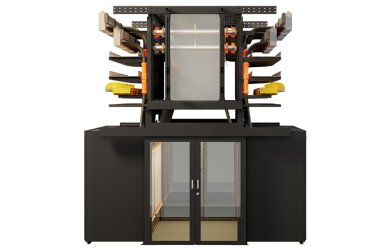Dubai, UAE – March 09, 2022: Dell Technologies has unleashed Dell PowerVault ME5, a series of three new entry storage models that are purpose-built and optimised for SAN & DAS environments.

The storage solution is poised to address a wide range of small-to-medium business (SMB) business challenges, including keeping pace with data growth, improving operational simplicity, supporting newer and higher value workloads and delivering business outcomes much faster. PowerVault ME5 does this with a modern software design that offers twice the performance, throughput, capacity and memory of its PowerVault ME4 predecessor.
Many SMB customers, like their enterprise counterparts, want to simplify their IT operations, reduce risk and deploy faster and more scalable storage platforms to keep up with modern applications and data growth. The new PowerVault ME5 arrays remain the simplest, most cost-effective way to meet their infrastructure requirements and desired outcomes. PowerVault ME5 is set to help SMBs boost productivity and economic growth by improving their access to data and staying competitive.
“Dell PowerVault ME5 provides our resellers with significant refresh revenue while our customers will realise significant performance, capacity and throughput gains helping them achieve their business goals”, Jörg Eilenstein, COO, TIM AG.
PowerVault ME5’s design is highly suited to support a broad set of application workloads including High Performance Computing File Systems with BeeGFS, PixStore and NFS file systems, Safety and Security (CCTV at the Edge), Microsoft and VMware Virtualisation, up to 500 Virtual Desktops, select Edge use cases (Oil and Gas Exploration and Cloud Gaming) and many more without compromising performance or availability SLAs.
PowerVault ME5 is also well suited for the Original Equipment Manufacturing (OEM) with its OEM-ready design. While PowerVault ME5 can be configured as an all-flash array, SMB customers will appreciate that PowerVault ME5 is an affordable hybrid storage choice for any of these application environments that don’t demand the low latencies of all-flash and NVMe – yet still necessitate important availability, reliability and security characteristics.





